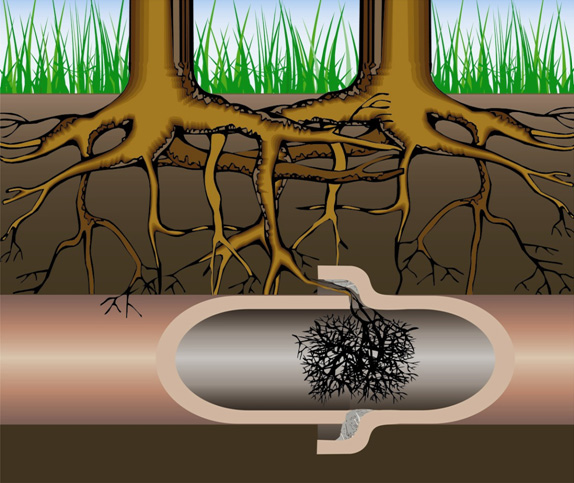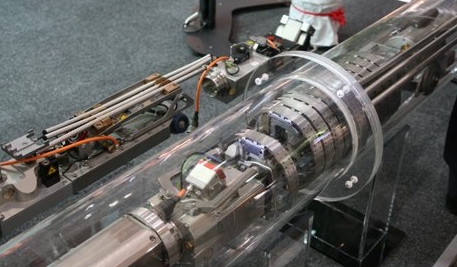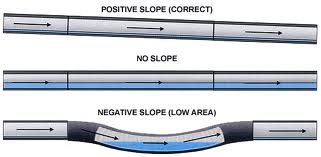

Sewer Pipe Selection by Operation
Operational considerations.
- Septicity and dangerous gases: Septicity occurs when sewage is retained in the sewers for extended periods in unaerated conditions. Hence, special corrosion prevention measures for the pipes will be necessary. Further dangerous gases may be present in the sewers and therefore strict safety measures are required for persons entering and maintaining sewer systems.
- Ground movements: Ground movements are likely to occur due to settlement of soil, movement of vehicle etc. Flexible pipe joints allow longitudinal and rotational movement between pipe lengths if they are installed correctly. Some flexible pipe materials will allow the pipe barrel to accommodate ground movement.
- Infiltration and ex filtration: Leakage in the form of infiltration or exfiltration from sewers and exfiltration from pumping mains must be avoided. A material that is less brittle will provide greater security against leaks developing. A material that is not dependent on linings and coating as protection against corrosion will ensure that leaks do not develop in the long run. A reduction in the number of joints will reduce the susceptibility of huge leakage from the pipeline.
- Repair: Some materials are much easier to carry out repair as they require less equipment and specialist skills.
- Central stocking: Prolonged storage of materials may have a deleterious effect upon some materials. PVC pipes should be stored under cover so as to preclude deterioration associated with exposure to ultraviolet light. Similarly joint rings and lubricants should in general be stored under cover.
Structural design.
- Surface loadings: It is essential to ensure that a pipeline will have adequate structural strength to carry loads due to over-burden soil and vehicular traffic, which will have to bear during the anticipated life.
- Method of structural analysis: Structural analysis such as rigid, semi-rigid or flexible analysis is to be made for the sewage pumping main according to the classification of pipes such as rigid, semi-rigid or flexible.
Construction requirements.
- Bedding requirements: All pipelines require proper bedding so as to have adequate structural support to ensure long term structural performance
- Installation and backfilling: The length of individual pipe and the weight of the pipe will influence the type of plant required for lowering each pipe into the trench and fixing in position. Heavy pipes may require the use of cranes of greater lifting capacity. It is important that proper attention is paid to backfilling and appropriate plant to achieve the required compaction especially when laid under roads.
Economic considerations.
- Assessing detailed construction cost: The cost of pipe alone will only represent a relatively small portion of the total cost to install a. pipeline. While comparing of pipes the total costs of the pipeline including cost of trench excavation, installing and cost of bedding of different materials should be considered.
One Response to “Sewer Pipe Selection by Operation”
Leave a Reply









 LIKE TO GET UPDATES
LIKE TO GET UPDATES  TO GET EXPERT GUIDE
TO GET EXPERT GUIDE
this is the exactly problem happen in my house, i have to call people to clean it every 3 months